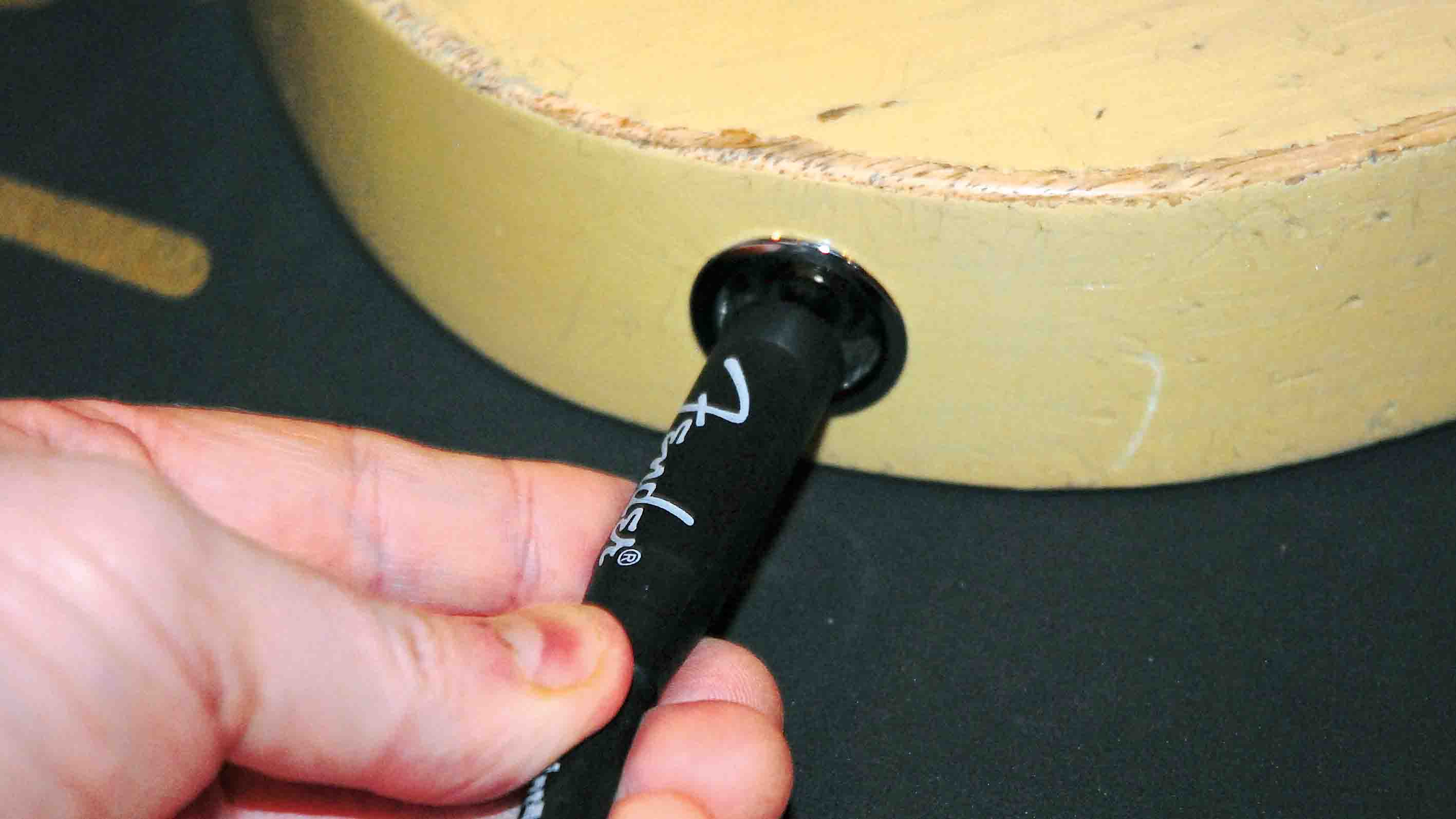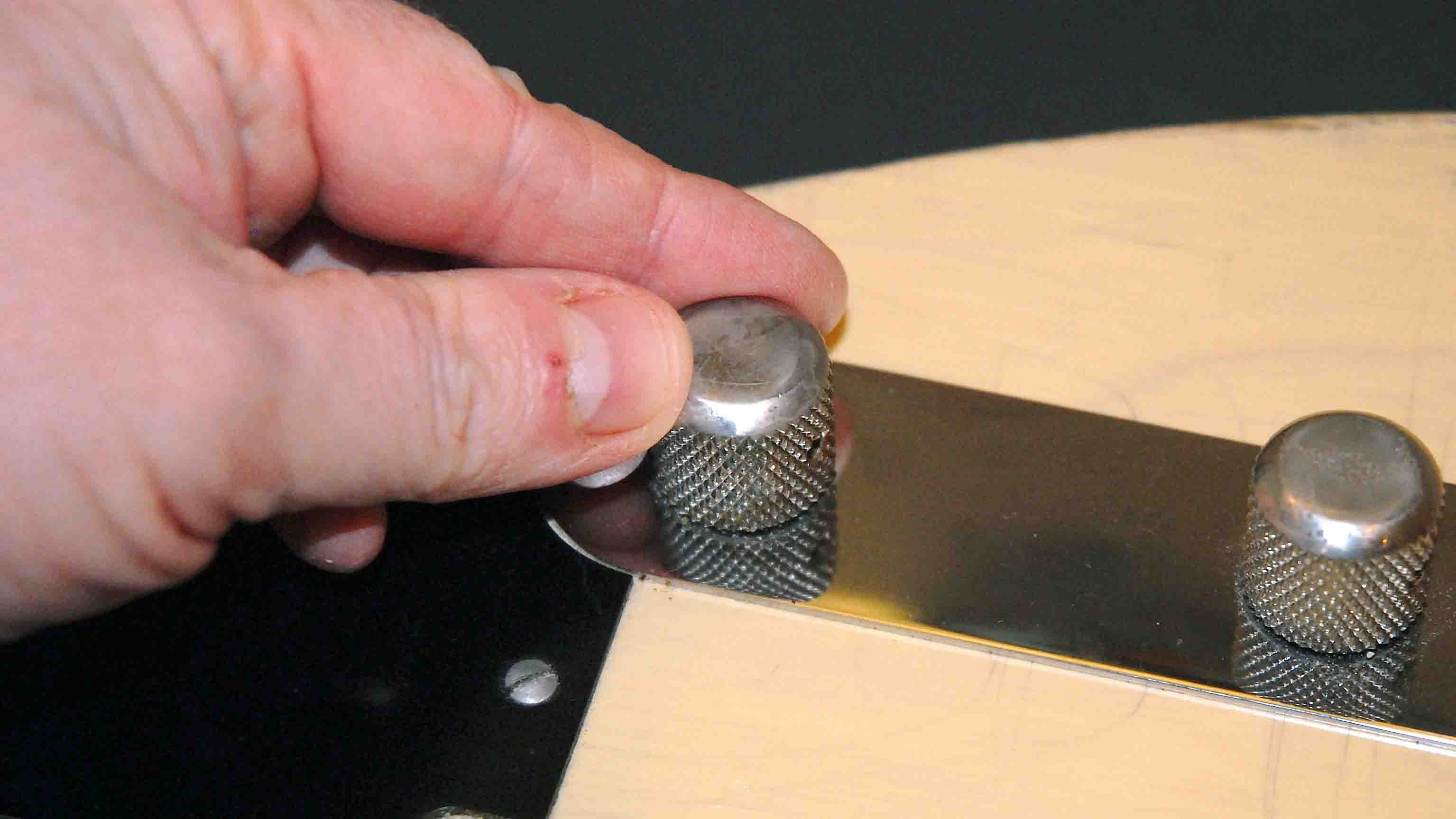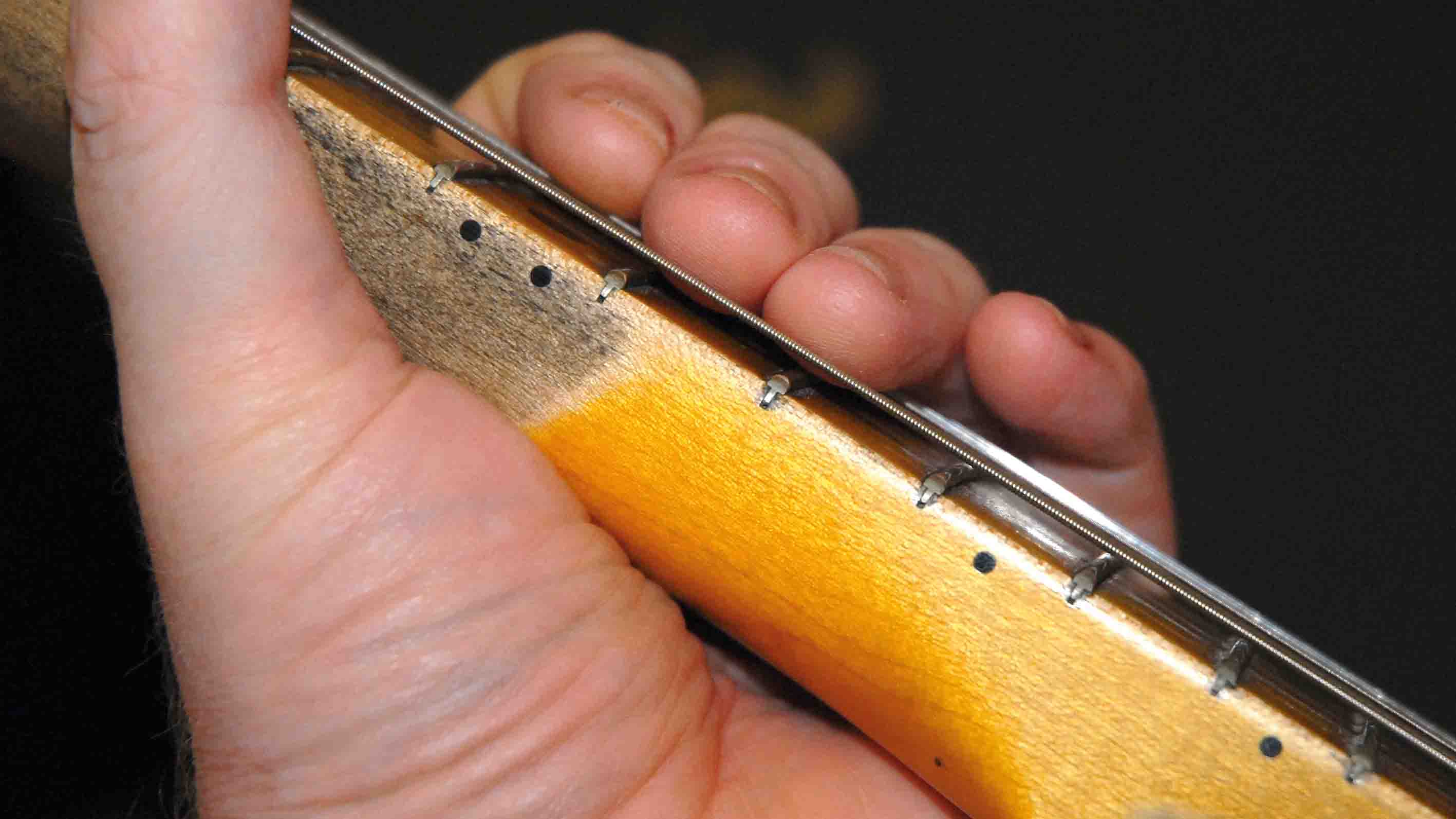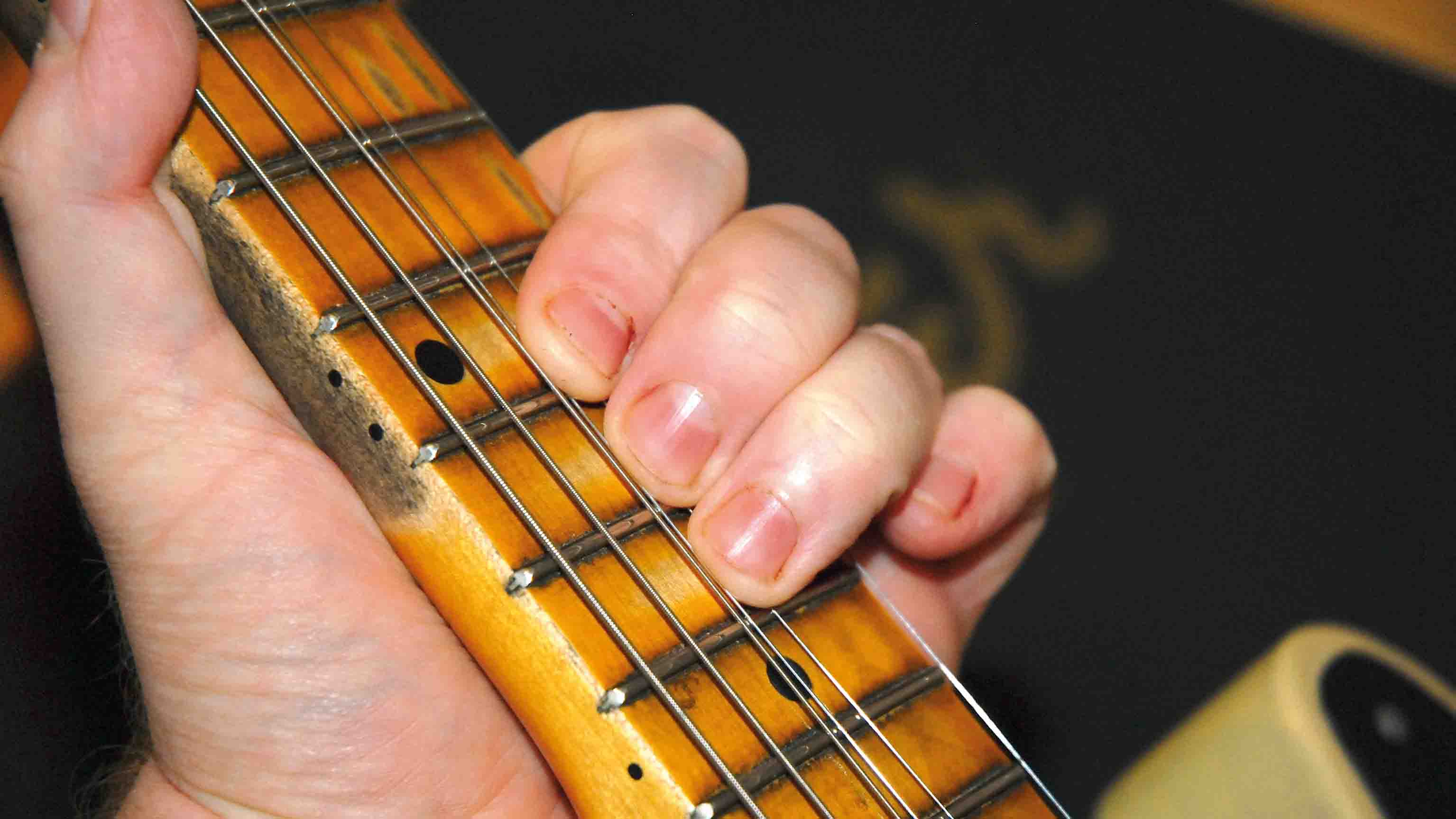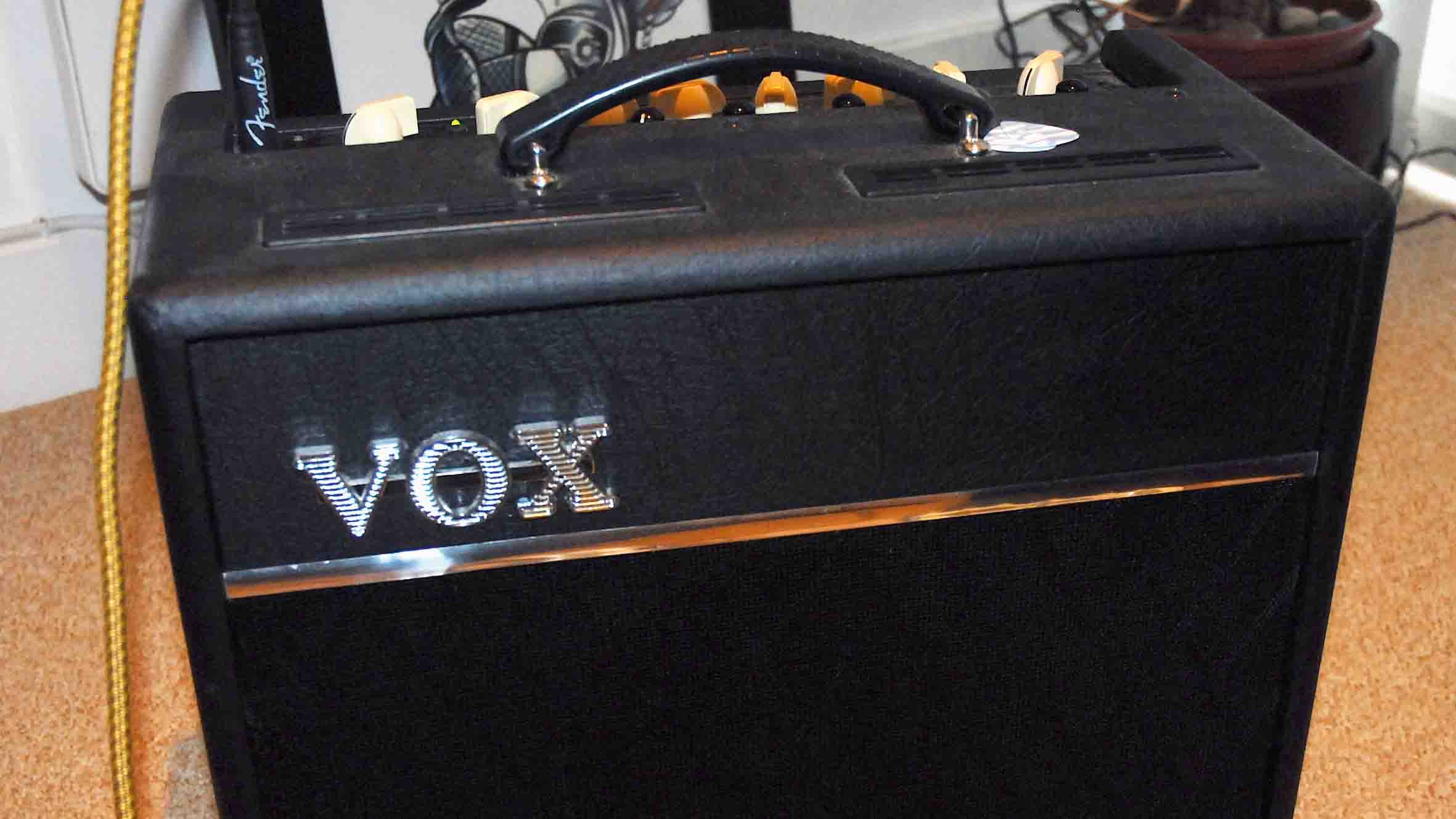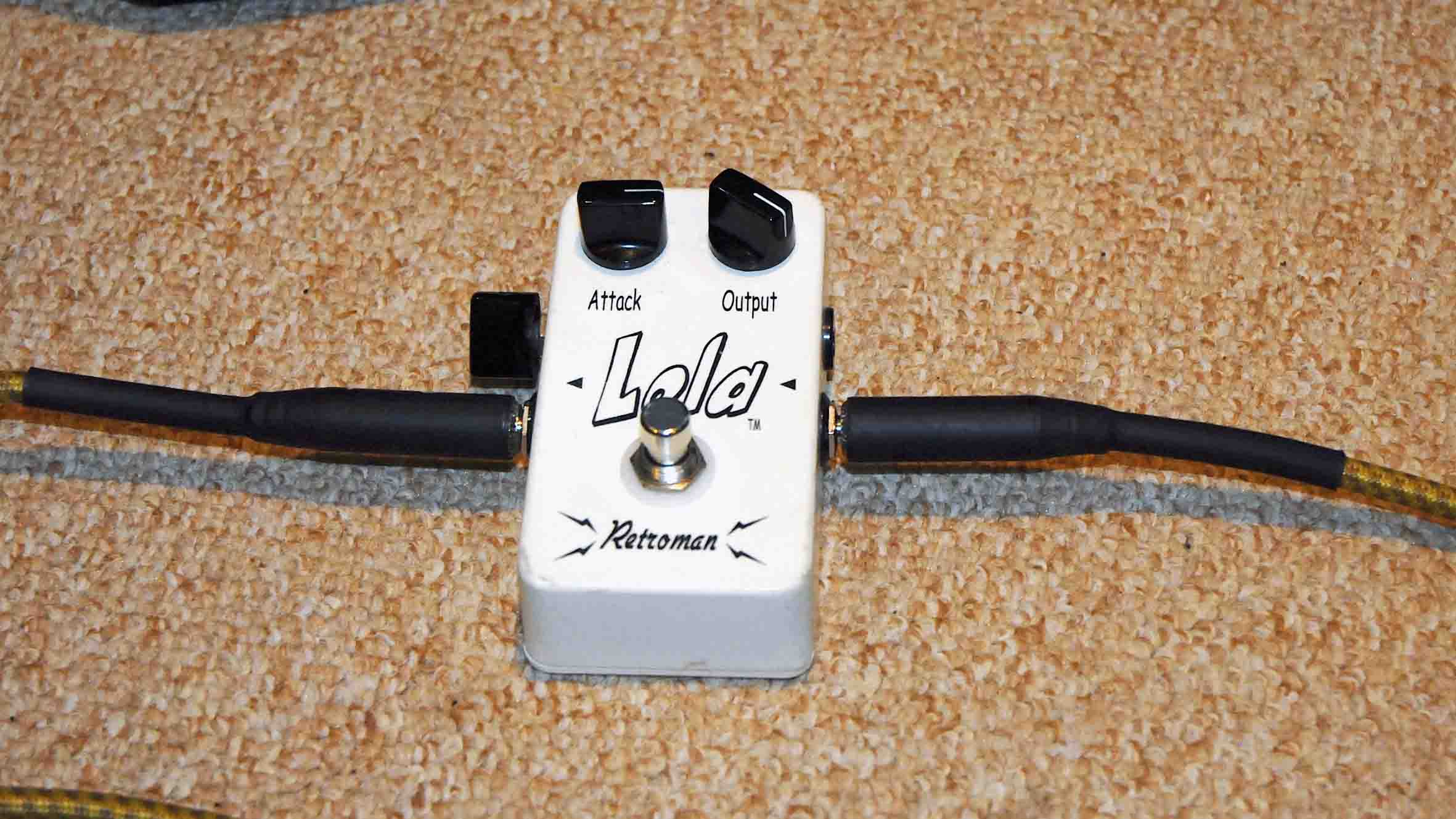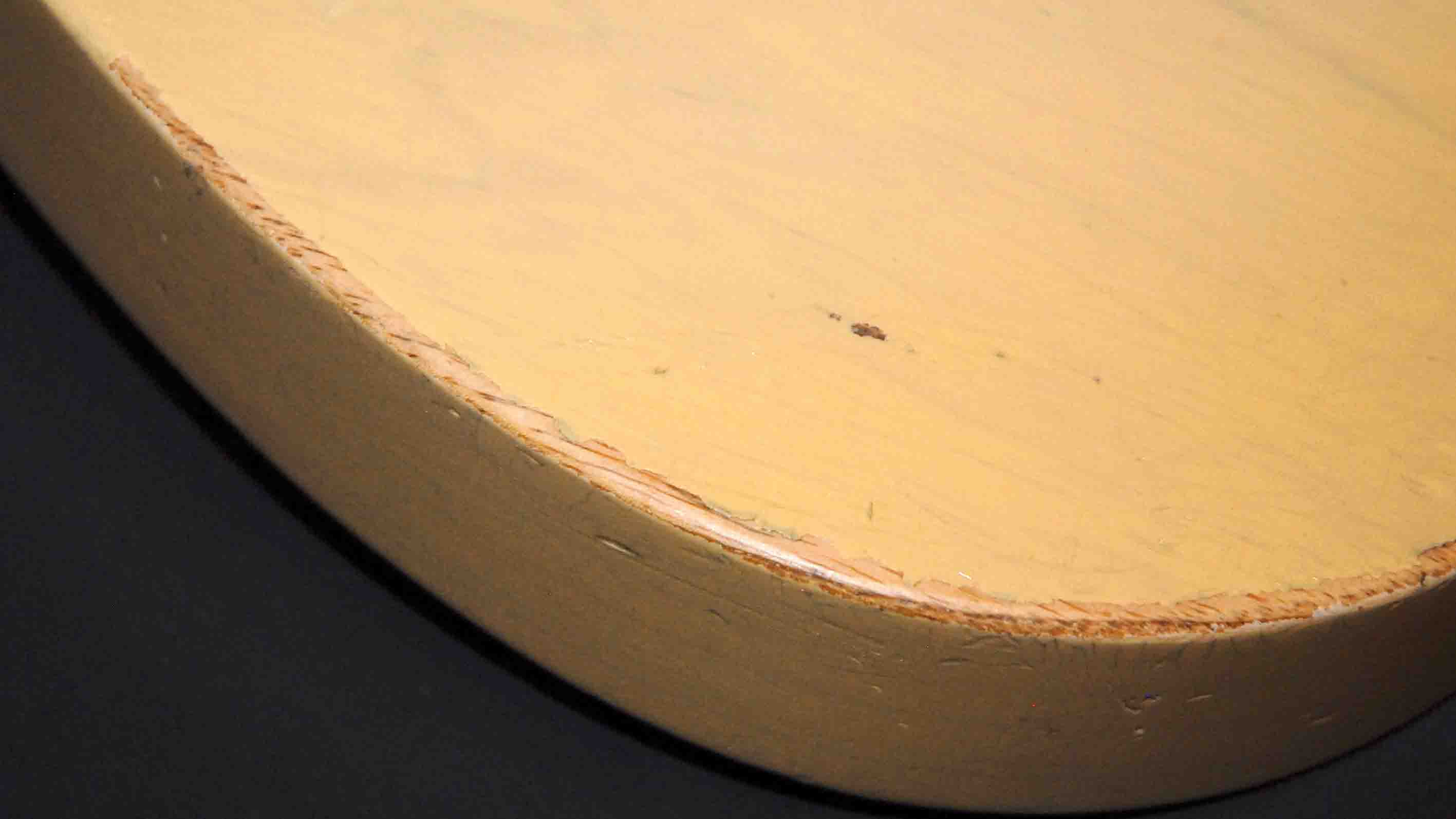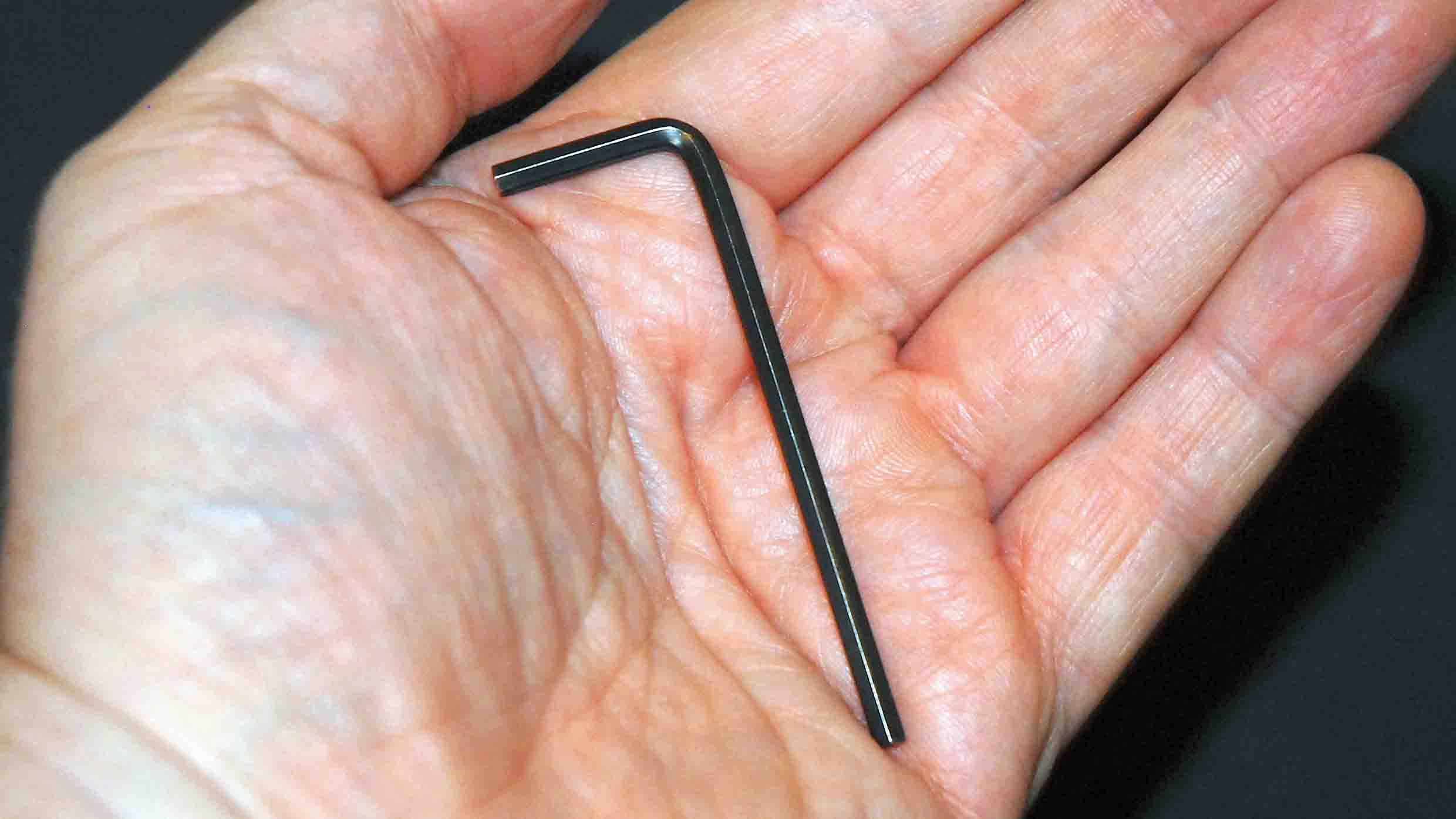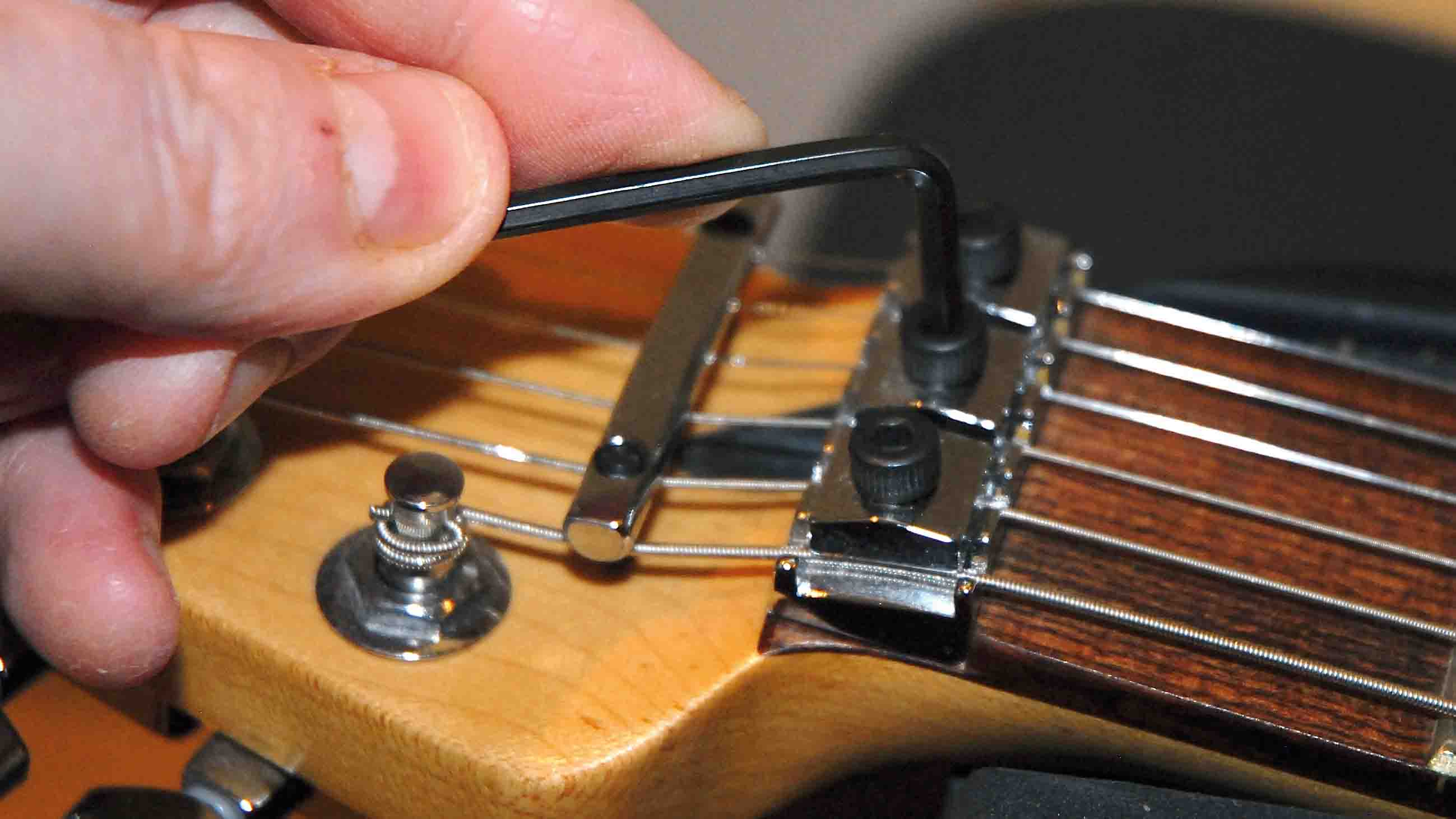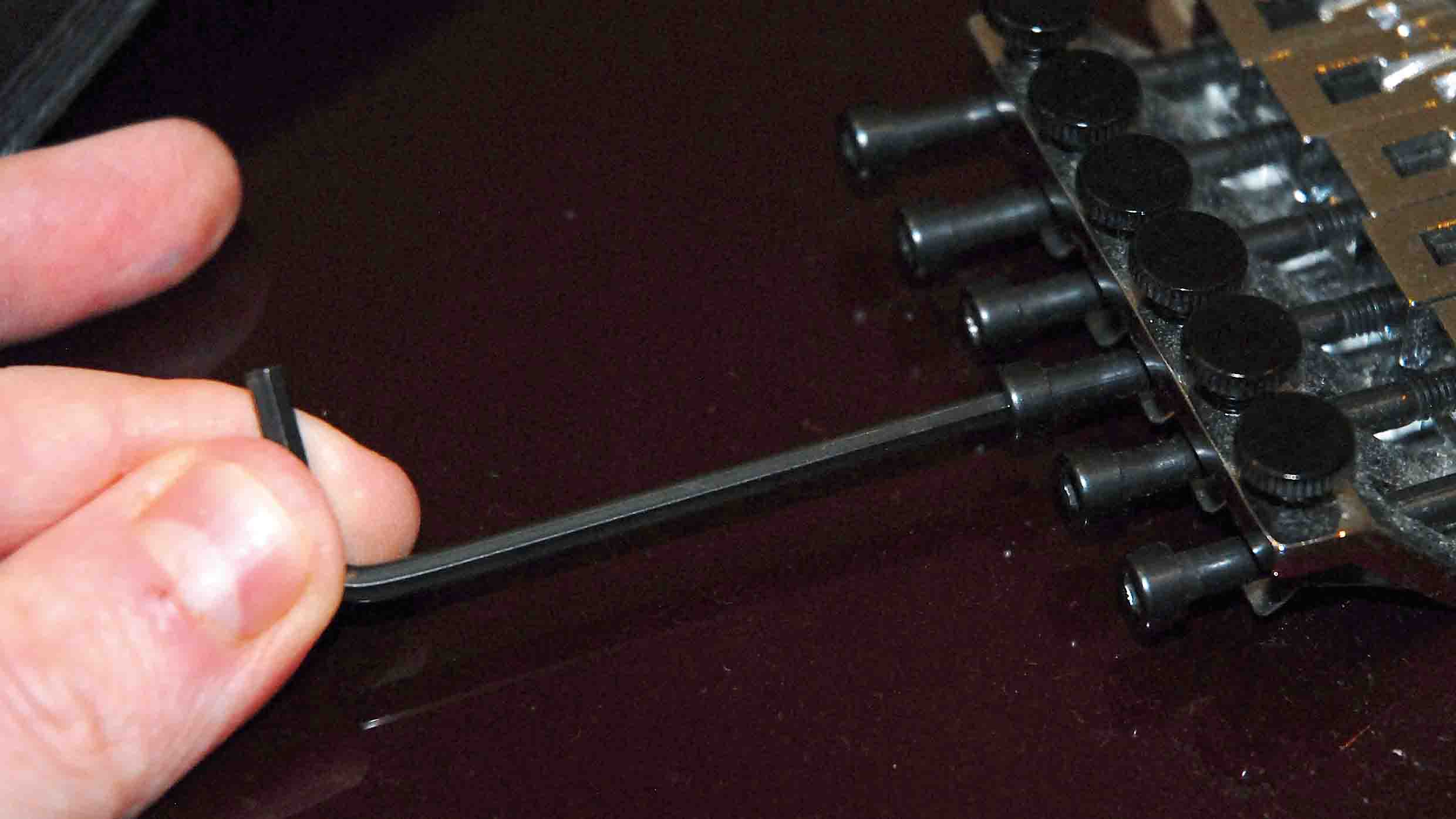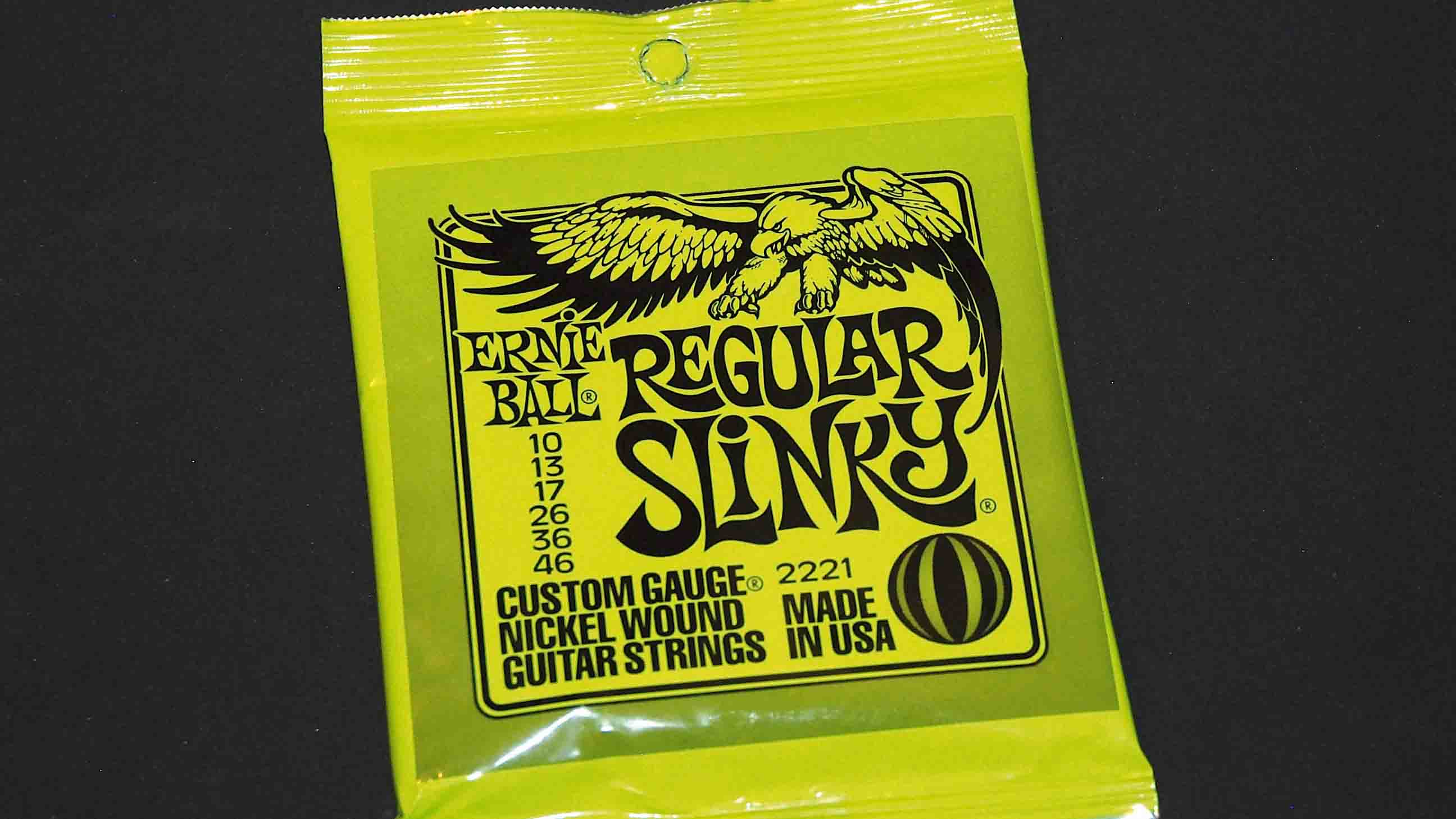What to look for when buying a guitar
Tips on how to get the right instrument
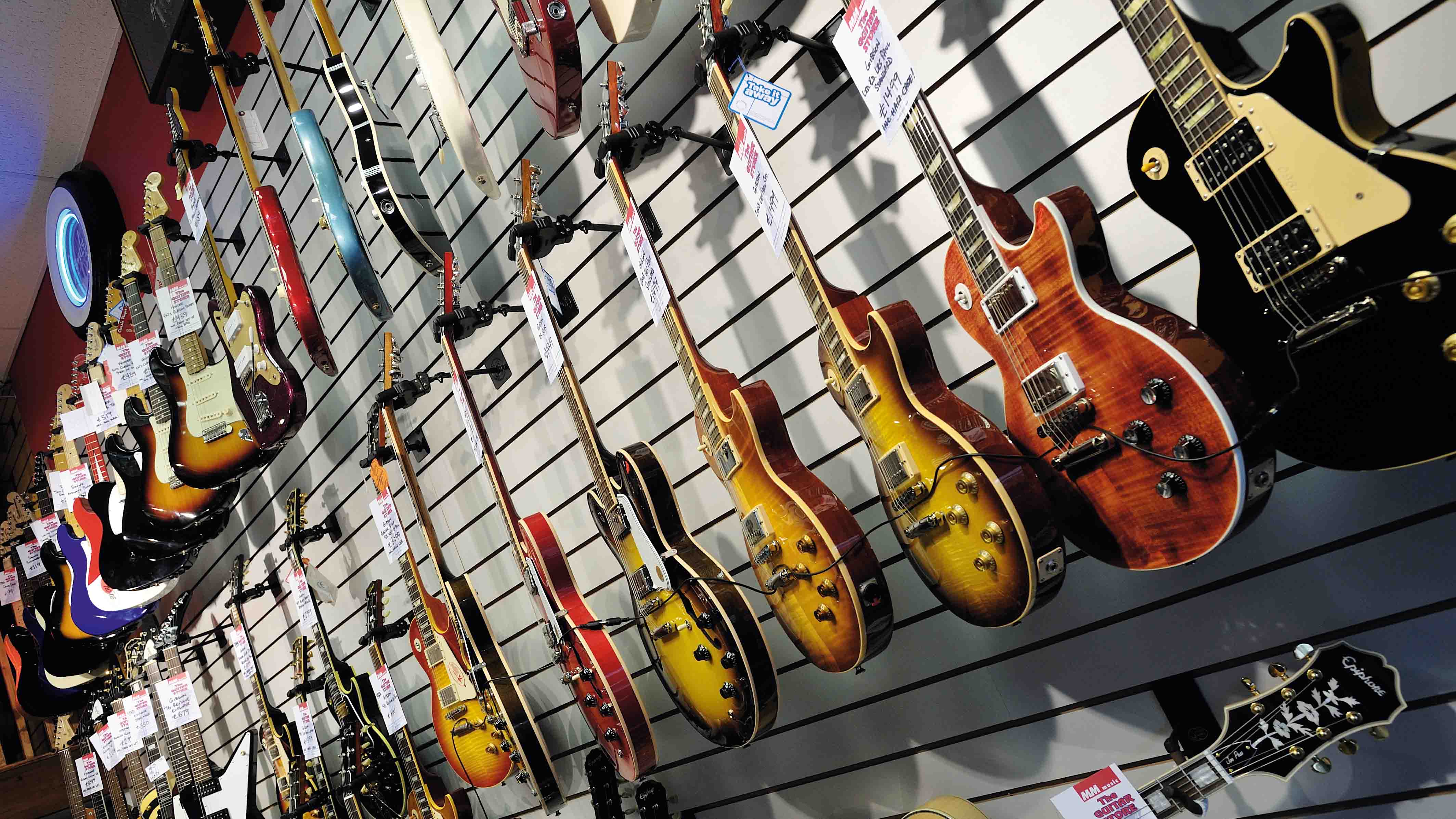
Introduction
The old expression ‘you buy with your eyes’ is never truer than in that moment when you’re handed a gleaming new guitar in a music shop.
Be smart, though, and don’t rush into anything. Even if you have your heart set on a particular make and model of guitar, try a couple of different examples in your price range, which will help you confirm that you’ve made the right choice. eBay is littered with dream guitars that people soon got bored with. Really think about what you want. Impulse buys can haemorrhage money when you try to move them on.
Here are some more tips…
